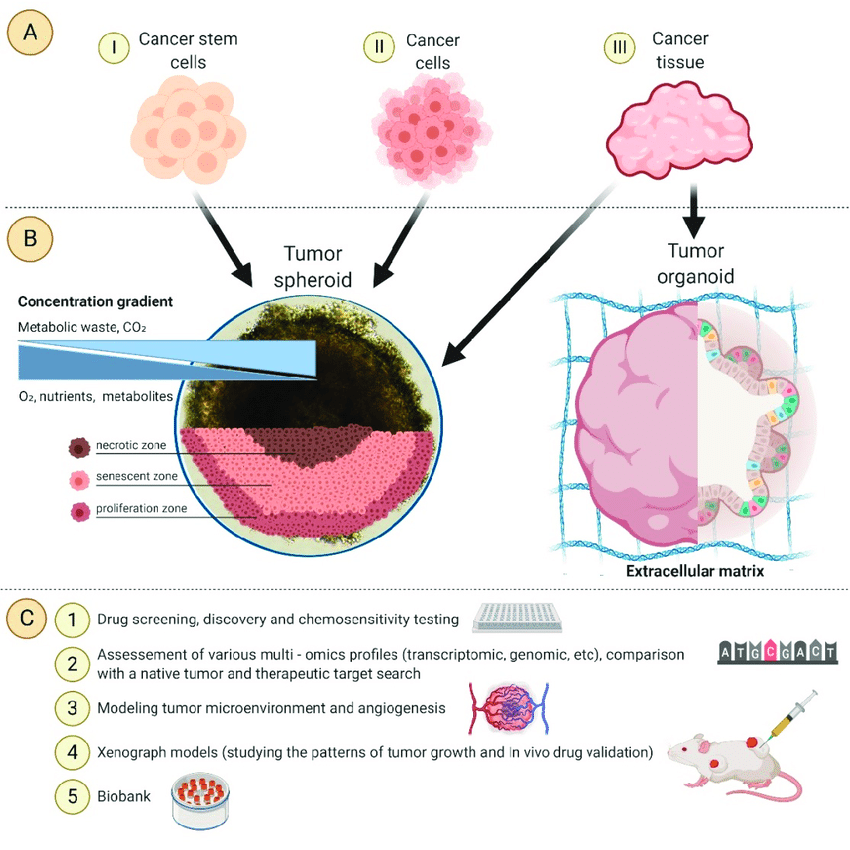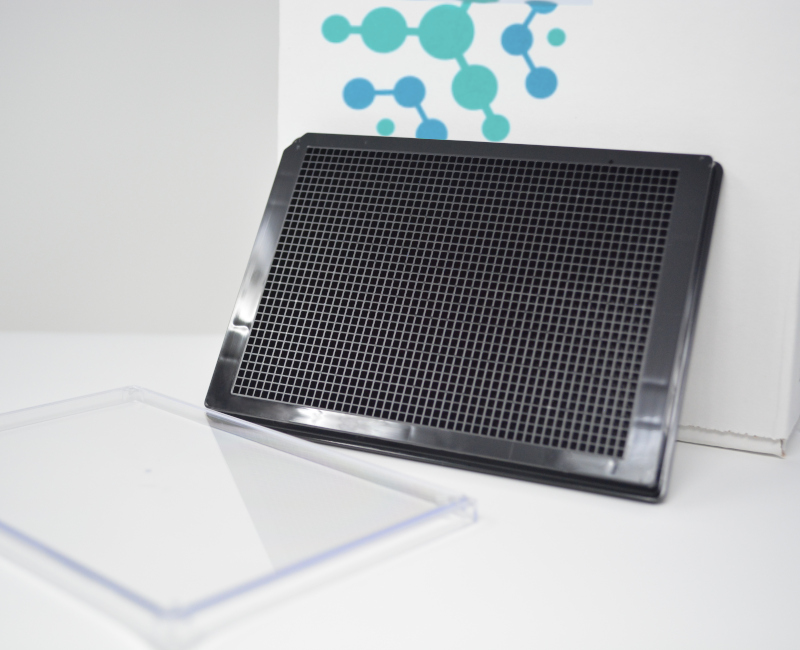
Spheroids Vs. Organoids, How do you choose?
The terms spheroids and organoids are often used interchangeably. They are similar in many ways but also different in what they are made up of, and what they do. Depending on the type of data required from 3D culture, it is important to know the difference between the two and know how to choose.
The Difference
Spheroids and organoids, both fall under the category of 3D cell cultures, composed of multiple cell clusters and their extracellular matrixes.
Spheroids are an aggregation of cells into a round cell cluster that is a three-dimensional in structure. An anti-adhesive surface such as BIOFLOATTM Flex plates is helpful for the formation of round and uniform spheroids. Spheroids can form with a variety of cell types such as primary cells or immortalized cell lines.
Organoids are a complex cluster of cells. The assembled cells are organ specific such as liver cells and self-assemble into an ordered structure, when provided with a scaffold such as Matrigel. Depending on the growth environment they will differentiate into microscopic versions of the organ that can be used in 3D studies and is the basis of organ-on-a-chip.
The Applications
Spheroids and organoids can each produce in-vivo like structures, in vitro. But they have different applications, and depending on the purpose of the study and the complexity of data required both types of 3D cell culture techniques could be utilized differently.
Spheroids are the popular method of choice in tumor research. In a spheroid cell culture platform, tumor cells are grown in suspension and then self aggregate in to spheroids that contain extracellular matrix (ECM). The resulting tumor spheroids then mimic in-vivo like intracellular and cell-ECM interactions and activation of cellular pathways that is typical of solid tumors. The dense 3D network also acts as a physical barrier for drugs and includes a high number of quiescent cells with an increased survival rate and cancer-specific gene expression Additionally tumor spheroids are found to be more resistant to chemotherapeutic drugs making them applicable for use in drug screens.
Spheroids are also effective in stem cell research. Induced pluripotent stem cells are used to develop embryoid bodies, which can then be differentiated in to neural stem cells that can be utilized in studying neural diseases and their progression and subsequent treatment options.
Additionally hepatocyte spheroids are also generated to study the progression and treatments for liver disease. Spheroid platform is able to generate liver spheroids with high viability and preserved hepatic cellular phenotype comprised of in-vivo like 3D organization and intracellular interactions with in-vivo like protein and gene expression. Liver spheroids are also quickly produced making them an excellent choice for high throughput drug screens.
Organoid 3D cell culture platform has been successfully used in patient-specific disease
modeling as well as in drug discovery research and regenerative medicine. Together with CRISPR technology, organoids have been vastly helpful in studying, basic organ development within gene editing context. Organoids are able to function as a miniature version of the parent organ, thus serving as an excellent modifiable platform to study disease progression.
Both 3D cell culture methods are reliable platforms for research, providing better insights of the in-vivo state of cells and organs, in a way that 2D cell cultures simply cannot. With the technology rapidly advancing making these methods, easy to do, rapid and reproducible, 3D cell culture systems has a bright future ahead, in physiological and pathophysiological research.


